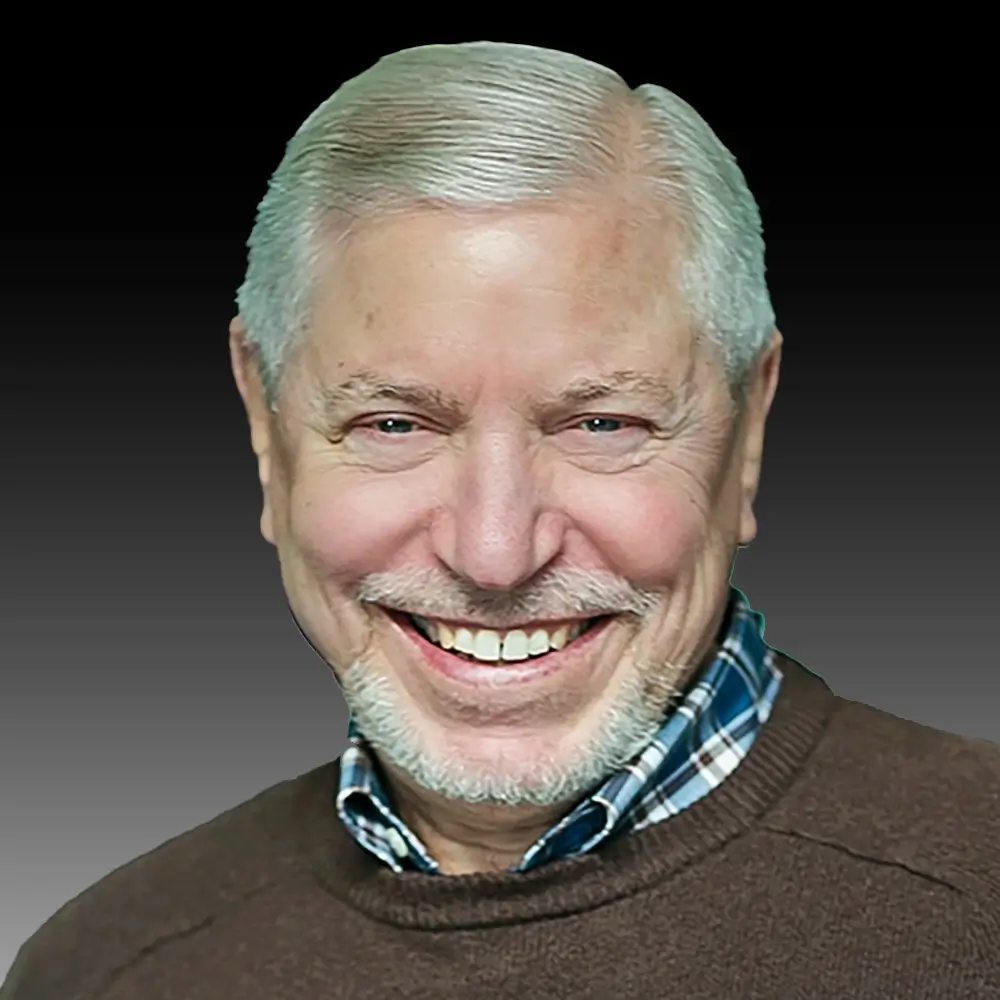When I was five years old, my family emigrated from Italy to the United States. We settled in Chicago where I attended public and parochial schools and graduated from Loyola University with a B.S. in Social Sciences degree. After graduation in 1966, I began my career with a major retailer as an advertising copywriter. Eventually, I started my own company as a consultant in marketing communications.
My interest in photography began as a teenager with a point'n'shoot Kodak camera. In 1967, my passion for photography took flight after purchasing my first 35mm SLR at a PX on a military base in Vietnam. I used that Mamiya-Sekor to document my 13-month experience there. For several years afterwards, I continued to capture images with that camera until it was stolen.
Not long after that loss, I decided to seriously pursue photography. In 1974, while still working full-time, I enrolled as a part-time student at Columbia College, Chicago, There, I studied the history of art and photography, and how to view the world in shades of gray. I learned about chemistry and how to manipulate silver gelatin in the darkroom. I learned about esoteric color processes such as dye sublimation. I also studied the difference between good and great composition, the intricacies of a view camera, and how to approach people on the street and get them to pose willingly. In 1977, I finally earned my B. A. in Photography degree.
During the 70's and 80's, I continued to pursue my career, married, bought a home, and raised three children. Although I continued to enjoy photography as a serious amateur, it wasn’t until 2009, that I fully focused my attention on fine art photography. That’s when I approached a colleague with the idea of establishing a fine art photography gallery in Evanston, Illinois. In 2010, together with two other colleagues, we co-founded Perspective Group and Photography Gallery, a not-for-profit cooperative of member artists whose mission is to promote fine art photography. I have been actively involved with Perspective Gallery ever since.
Statement:
My photography ranges widely in style and content. My images encompass everthing from realism through impressionism and abstraction. Artistically, my intent is to offer the viewer a unique, creative encounter with the intrinsic beauty of the ordinary and commonplace.
